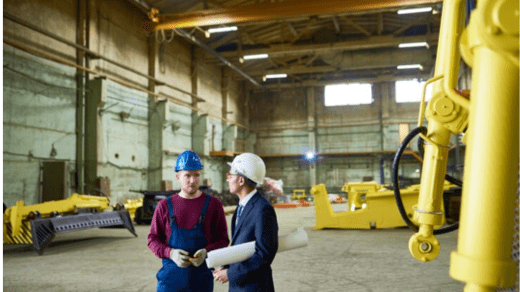
Safety holds a key importance in the industrial sphere, where workers are always affected by technical hazards on a day-to-day basis. Besides employee safety, however, industrial space protection also results in a more productive, and compliant workspace.
Here in this article, we aim to provide some practical tips and techniques to sustain safe working grounds for all workers of industrial facilities. To learn more in detail, keep reading till the end.
1. Implementing Comprehensive Safety Training Programs
Workplace safety best practices begin with properly skilled workers. Hence, it is a necessity to provide safety training to all employees while they learn about the identification of potential hazards, emergency procedures, and proper use of personal protective equipment (PPE).
Besides that workers should be made aware of risks and must be taught proper measures of avoiding accidents and injuries through training programs. Such training programs go a long way in minimizing accidents at the industrial facilities.
2. Regular Equipment Inspections and Maintenance
Industrial equipment and machines are the main cause of equipment-related accidents as they only become more dangerous as time goes especially when they are not properly maintained. Checking and maintenance of the equipment, machinery, tools, etc, is necessary. Besides that, rules must be followed for proper inspection and maintenance. Early detection and remedy of potential problematic devices can help avoid machine failures and hence, decrease the chance of accidents at the job site.
3. Enforcing Strict Safety Protocols and Procedures
Adherence to safety procedures and protocols needs to be the priority to ensure a well-guarded industrial facility. In this regard, it is vital to create and properly follow known security regulations such as guaranteeing radon testers. This also involves the need to invest in auditing items like devices, substance storage, and various other activities.
4. Investing in Safety Technologies and Innovations
Technological advancements serve as an essential element to improve work safety. These have been remarkable due to further expansion in areas like automation, robotics, and wearable devices, which open paths for hazard control. Wastewater consulting also plays a crucial role by allowing industrial facilities to monitor safety hazards and address them as a whole.
Discovery of these technologies from real-time monitoring to prediction technologies, can help determine transparencies and make it possible to take proactive measures.
5. Promoting a Culture of Safety Awareness
Safety is everybody’s concern, thus, it is necessary to create an awareness culture to ensure a safe workplace. You can ensure safety consciousness among employees by having regular safety meetings, risk reports systems, and employee appreciation programs which are for the employer’s good safety.
Among many avenues, worker empowerment can be employed to enable workers to be actively involved in identifying and addressing safety concerns. Safety must always be a priority for all.
Conclusion
Building a safe industrial environment covers a multitude of disciplines including but not limited to training, equipment service, protocol discipline, safety awareness, and technological innovation. This way workplaces can reduce the chances of hazards, protect their staff members entirely, and promote a safety center.



